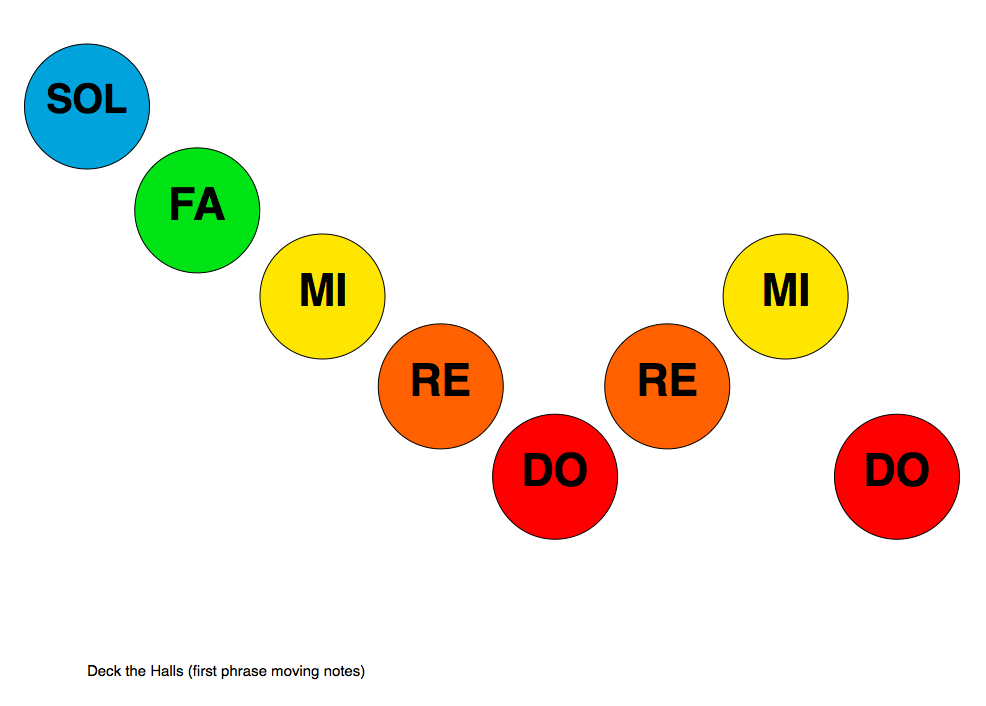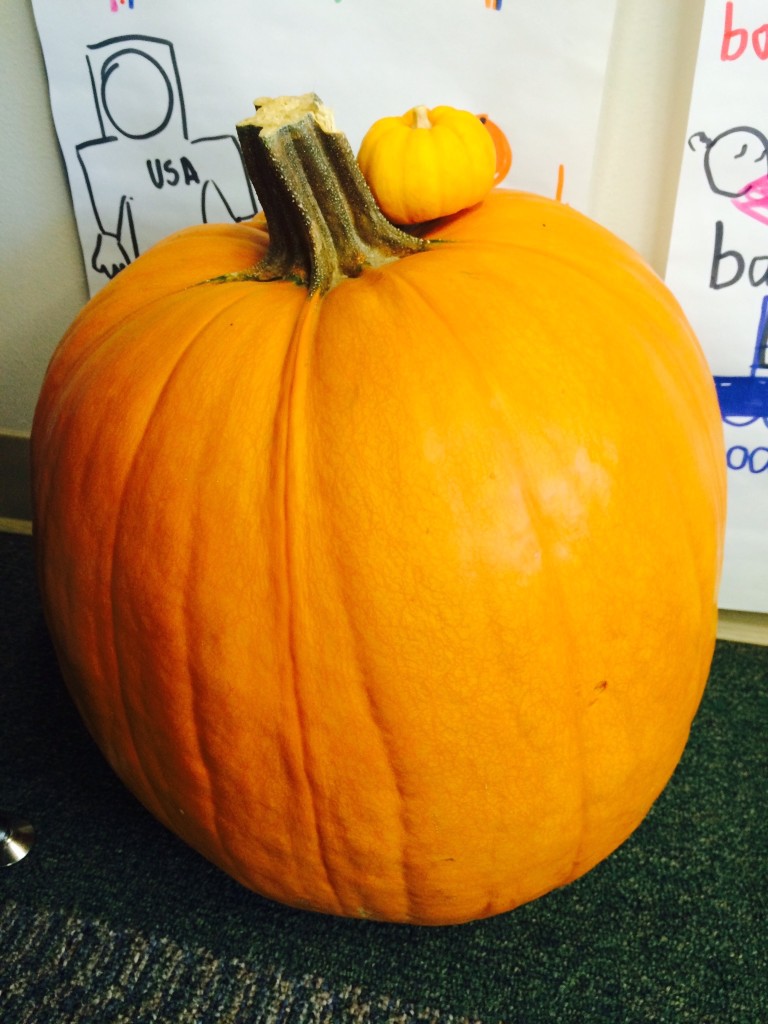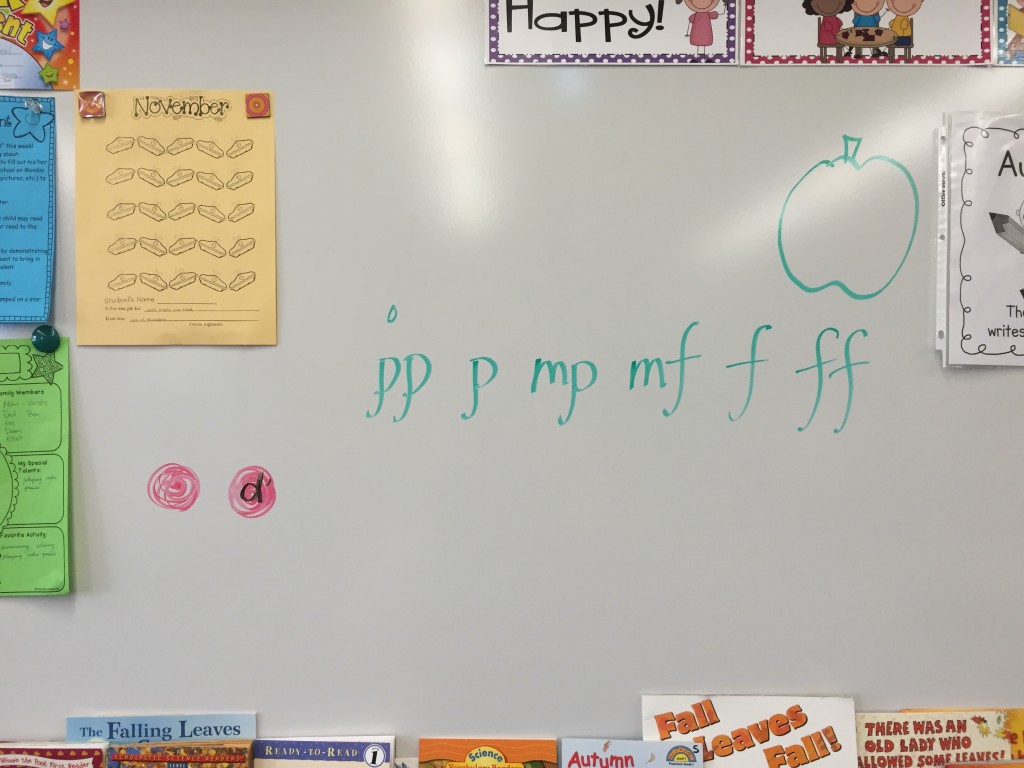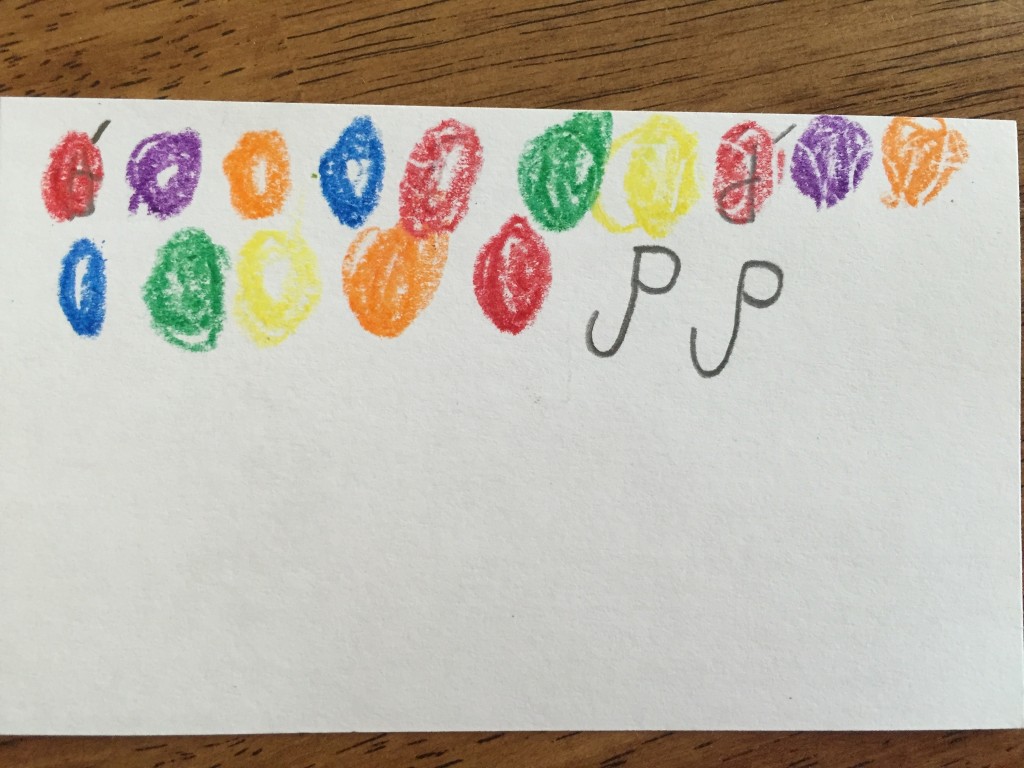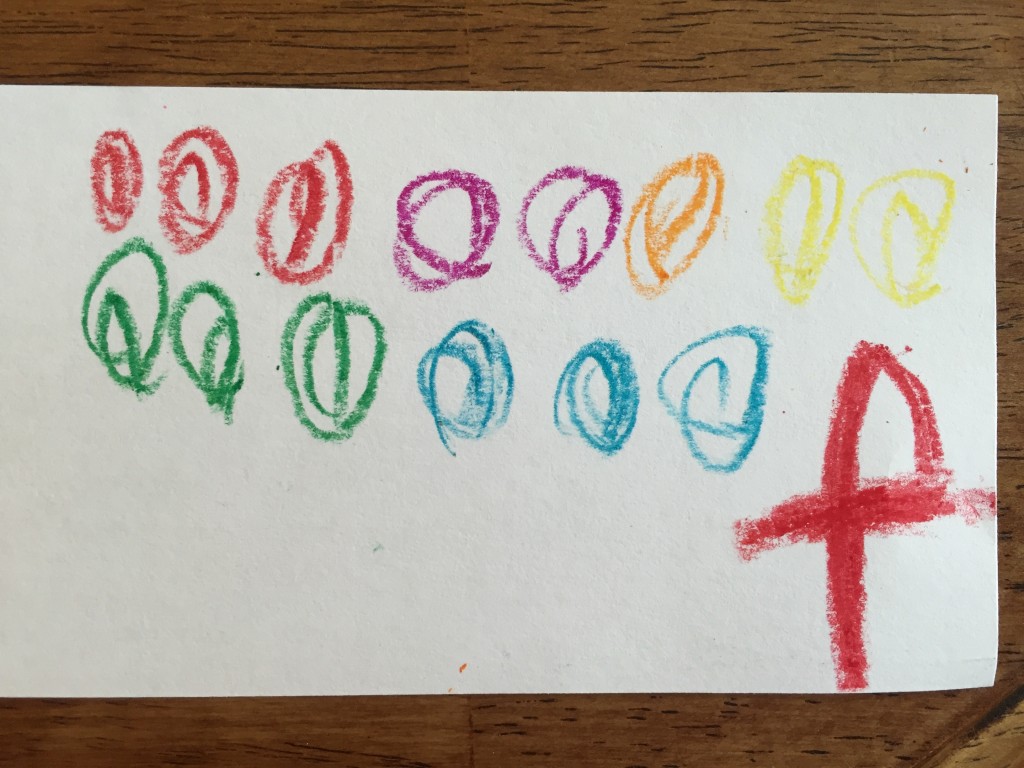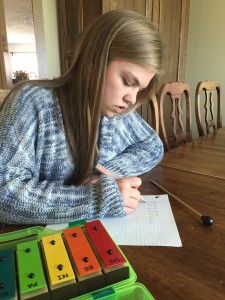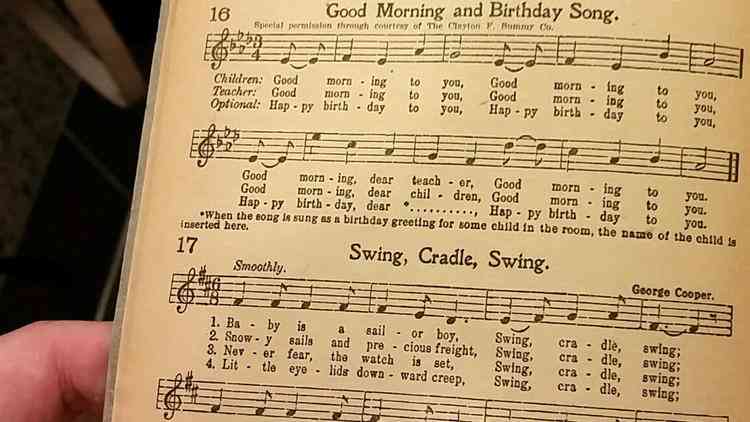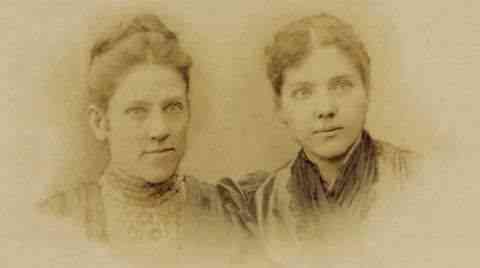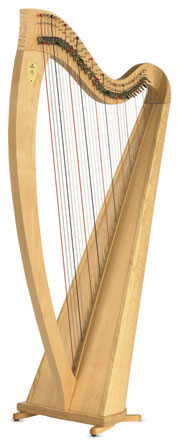Today I taught the children that this:
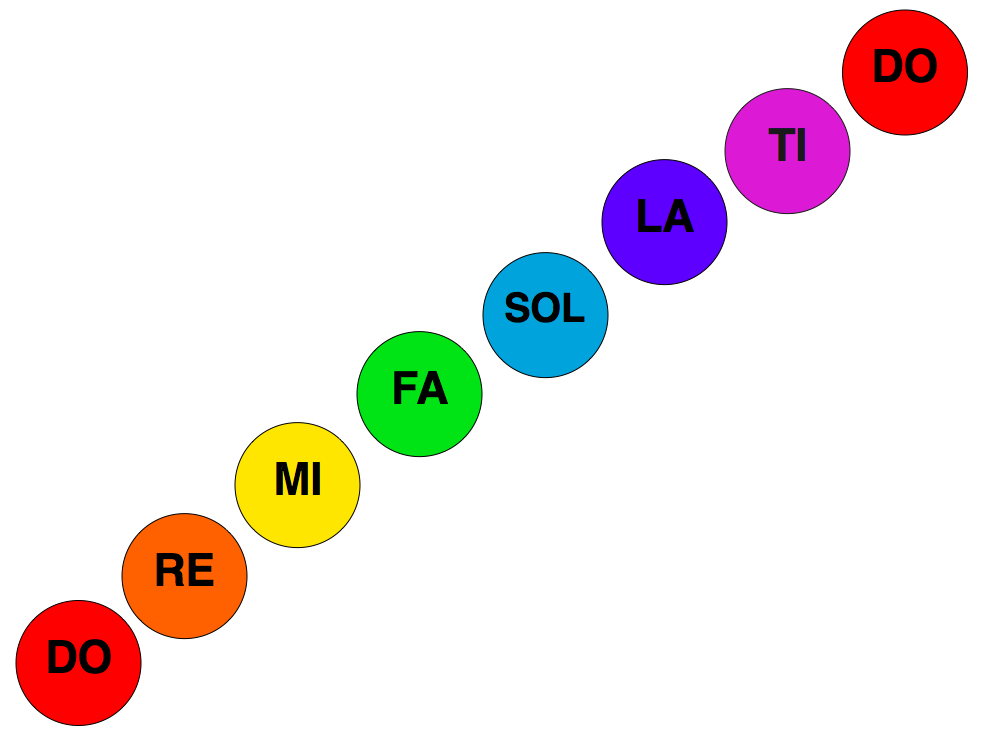
is called a scale. Specifically, it’s an “ascending scale.” I also put this up on the board next to it:
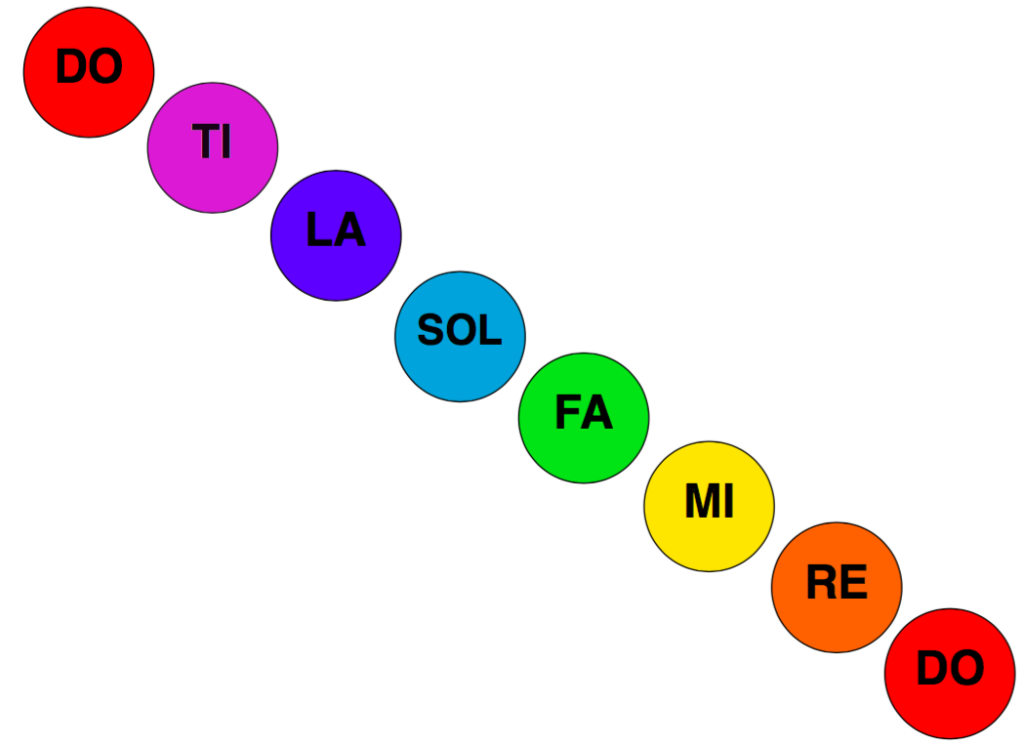
and told them it is called a “descending scale.” We repeated the words “ascending scale” and “descending scale” several times and motioned the meaning, by bending down by our toes and reaching up to the sky saying “ascending scale” and then bending back down to our toes, saying “descending scale.” We also sang and signed the scales.
Then, since we were down by our toes, I asked them if they remembered the growing pumpking game, and if anyone ate any pumpkin pie for Thanksgiving. We did the growing pumpkin game. After, I asked them if they remembered how we write “piano” or “forte” (as well as the other words, pianissimo, mezzo piano, mezzo forte, and fortissimo). I wrote “pp, p, mp, mf, f, ff” on the board as they named the terms. They did a pretty good job remembering after not meeting for two weeks!
Then we sat back down, and I opened up Deck the Halls illustrated by Norman Rockwell. I went over each page in the first verse, explaining the meaning of these unfamiliar words:
deck= decorate
boughs= branches
holly= tree with pointy green leaves and red (not for eating!) berries
’tis= it + is (taking away the first “i”)
season= time of year
jolly= happy, like Santa Claus!
don= put on
gay apparel= bright, festive (i.e. Christmas) clothes
troll= sing
ancient= very old
Yule tide= Christmas time
carol= song
We sang the song again, using the pictures in the book. Then I went over each line with them by diving the class up by rows, telling them that they were a “choir.” The first two rows on my left sang, “Deck the halls with boughs of holly,” and then I invited the whole class to sing the “fa la la” part. The next two rows in front of me I taught, “‘Tis the season to be jolly,” adding in the rest of the class again for the “fa la la” part. “Don we now our gay apparel” was the final 2 rows on my right, and then the “Troll the ancient Yule tide carol” was the whole class. Then we stood up, turned around and sang for the teacher.
After our performance, I sent the children to get their bells and go to their desks. We practiced ascending scales and then descending scales. It was hard for some of the children to remember to begin at “Baby Do” (High Do) for the descending scale. It’s also hard for them to not play the bells in between repetitions or during my instructions. (I can only imagine! I would have been bored as a child, always waiting in between, too!) They did a good job.
After we practiced both scales, I taught them the first part of the first phrase:
I showed them how the notes go down for scale for the first part, then back up, and then down again. We drew the shape of the phrase in the air with our hands/arms. We sang and signed the phrase. Then we played the first part, sol fa mi re do, 3 times before we had to end our day.
We sang goodbye after we put away our bells.

